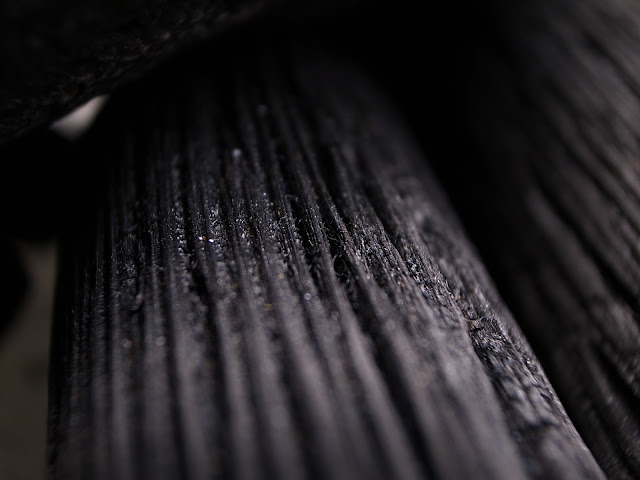Back into the Nano world we have to talk about carbon nanotubes. But how exactly are they structured and what are the opportunities they offer?
Structure
The basis of every nanotube is the promising material Graphene. One of the great properties it has is the high tenacity which is defined by the Young's modulus that describes the relationship between tension and strain. Graphene’s tenacity is about 1020 GPa,125 times the value of iron, and nearly as high as the tenacity of diamond. Moreover Graphene is a very good conductor.
Concluding all this it's obvious that Graphene is a very good material as precursor.
But even if they are made out of the same material the CNTs can be structured differently depending on how the Graphene is rolled and how many walls the tube has.
Manufacturing
There are three main methods to create single-walled nanotubes.Electric arc
The first time carbon nanotubes were detected by producing fullerenes with the electric arc process and it's still used in the industry. The formation of the nanotubes effects in a 4nm gap between two graphite electrodes. During the process the positive electrode gets dismantled while nanoparticles (CNTs …) form themselves on the other electrode.The method is the cheapest one in our list and is used by many companies to produce single-walled and more-walled nanotubes.
Laser vaporisation
This method was developed by prof. Smalley from the famous Rice University in Houston. A Graphite sample gets vaporised in a 1200°C pipe. During this process the carbon clusters were created on a cooled copper collector.This method doesn't seem to be useful for the industry because it produces ten times fewer nanotubes per hour than the electric arc method.
CVD method
The most important method for the industry is the Chemical Vapour Deposition (short CVD). To produce nanotubes a carbonaceous gas has to flow through a 500°C heated quartz tube. Then a substrate with catalyst particles gets involved and at the end tons of nanotubes can be produced. If single-walled or more-walled nanotubes are produced depends on the carbonaceous gas and the catalyst you choose. If you choose benzol as carbon source and ferrocene and nickelocene as catalyst more walled nanotubes will arise but if you want to build single-walled tubes you need to use acetylene and a metallocene.Possible applications
The semiconductor industry expects better results in contrast to today's transistors from Nano transistors, they work like normal MOSFETs.An even better application is the usage in data storages, in which nanotubes were placed between two electrodes so in an electric field the nanotube tightens or stretches itself. This ability can be used to make a contact to another substrate electrode so a current can flow. These circuits allow switching speeds in the area of SRAM.
It's also possible to improve synthetic materials by mixing them with carbon nanotubes. For example only 1% CNT can improve the tear strength by 25%. In addition to that it's possible to change an isolating synthetic material with 0,04% of CNT into a conductor.
Today the US Company Lockheed Martin already uses carbon nanotubes in their tactical aircraft F-35 to reduce the weight. The automobile industry will also use carbon nanotubes for the same reason in the future.
These were only a few areas where carbon nanotubes will be used in the future. There are also already concepts to use them in solar cells, extremely strong concrete or even in sports.

No comments:
Post a Comment